Developer: Sonic Team Publisher: Sega Released: February 16, 1995 Genre: Platformer
I love the period toward the end of a console’s life. With years of experience under their belt developers have crafted some truly exceptional, hardware defying titles that are among the best ever made. Games like God of War 2, Resident Evil 4 (GameCube version), and Donkey Kong Country are the types of games no one would have expected from those systems. But that same period is also bitter sweet as plenty of titles go unnoticed as gamers look to the future. Ristar was one such casualty; it is one of the most brilliant Genesis games ever made that most have never played. Go play this lost classic.
Ristar flying under the radar is largely Sega’s fault. In 1995 Sega were all over the place. They had just released the 32X to an underwhelming reception and were gearing up for the release of the Saturn. While Sega of America wanted to keep the Genesis alive Sega of Japan wanted to drop it as soon as possible. With all these factors in mind there was little marketing support for Ristar and sadly it wouldn’t be the last Genesis game to have this fate. But that’s why I’m here to sings its praises.
Like Sonic the Hedgehog Ristar is a simple game mechanically. Your main means of attack are your stretchy arms. With them you can grab enemies and deliver a mean head butt to send them flying. But your arms have plenty of other uses. You can grab just about any surface to pull yourself. With skill you can climb solid walls and reach hidden areas. There are poles to swing around to send Ristar flying as well. You can pick up and carry select items, usually critical to that particular level. Unlike Sonic you have a life bar that is replenished frequently in every level.
While there are some surface similarities to Sonic (mostly in structure) Ristar feels wholly unique. The level design is its greatest attribute. While your abilities never change each planet usually introduces some new mechanic to play around with. The initial planet is similar to Green Hill Zone as an introduction to Ristar’s abilities and lets you play around. Planet Undertow is more combat oriented as you must defeat enemy generators in order to open gates. It is also one of the few underwater levels in video games that isn’t obnoxious. Possibly my favorite is Planet Sonata. This music themed world presents an interesting challenge. You must deliver metronomes to four song birds to progress. There is never a straight path and you must use the environment to both navigate and move each metronome around. It’s incredibly creative and one of my favorite platforming stages from that era.
Ristar manages to keep up this level of variety up until its closing credits. Although each planet has two acts both are always radically different. The second half of Sonata takes place indoors as you use massive trombones as a boost to navigate rooms full of spikes. On Planet Freon you have to contend with icy surfaces that make you lose control while trying to reach the exit. But in a massive change its second level takes place in a frozen lake. The many ways in which you use your abilities makes up for the lack of power-ups. This is a game that benefits from the developer’s use of experience creating similar titles and it shows.
The boss battles are thoroughly enjoyable because they follow along the same lines. While they seem simple at first each major boss battle usually goes through multiple phases with changing tactics. Even the mini boss battles present an interesting challenge. On the Planet Scorch you play a game of Simon, except its last phase doesn’t show you the number order. Planet Freon has a fun snowball fight that might even trip you up a few times. It’s a far cry from the simplistic battles against Robotnik and more in line with a game like Sparkster.
I wouldn’t say Ristar is as easy as Sonic but it is close. The life bar helps significantly and while the game does its best to limit them extra stars are everywhere. Occasionally there are platforming challenges that will kill you a few times but it isn’t common. Extra lives aren’t common but they aren’t as necessary. The one area that will drain your lives would be the boss battles as they can be long as they go through their phases. But anyone who has played even a few platformers shouldn’t have much trouble with Ristar.
Ristar is among the best looking titles on the Genesis for a number of reasons. It exhibits smart use of the system’s color palette to appear more vibrant than it is. Every planet is expertly designed, with multiple layers of parallax scrolling into the distant background. And it has an insane attention to detail. Fire lights up the surroundings on Planet Scorch and as you dive deeper underwater in Planet Undertow it gets darker. While it may have started out as an earlier concept for Sonic Ristar is wholly its own.
In Closing
What more needs to be said? Ristar is one of the best platformers of the 16-bit era and deserves a higher profile. High production values and varied gameplay combine to make it still one of the most unique games around. Even though it wasn’t popular Sega have done an excellent job keeping it on sale on numerous platforms. Buy this game people!


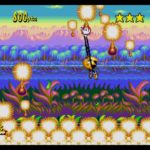
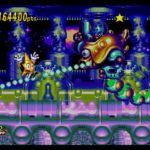
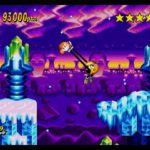

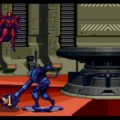
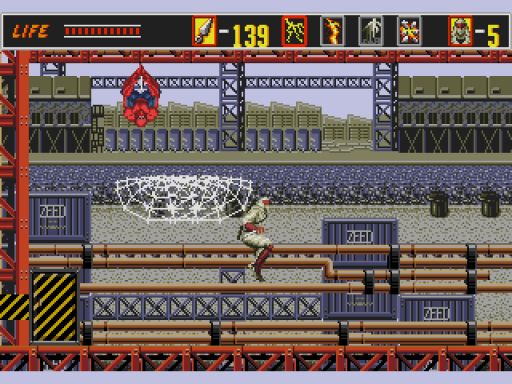
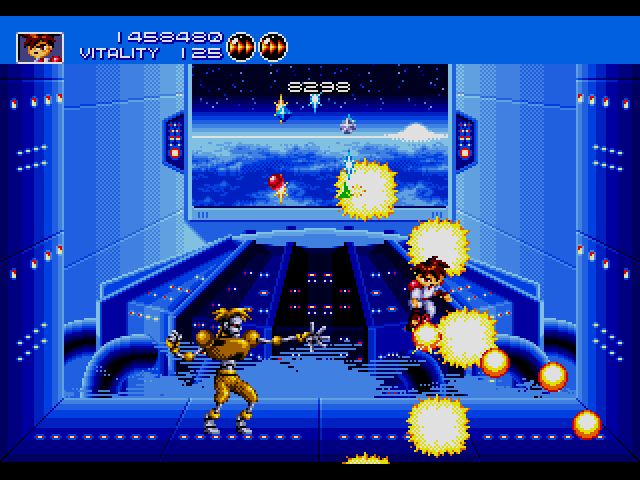
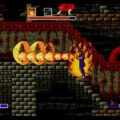
2 thoughts on “Ristar”